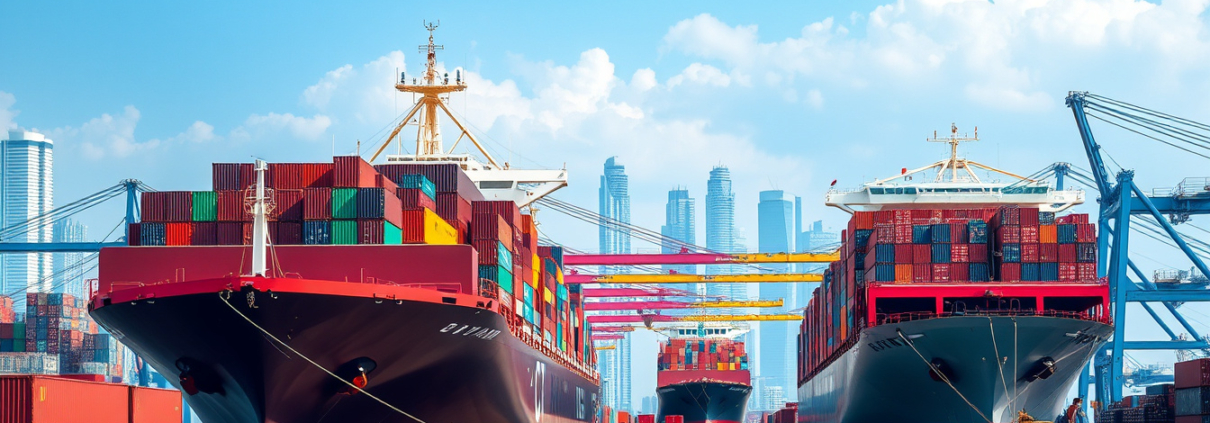China’s Export Boom in July: Navigating Tariff Challenges and Market Reactions
China’s July Exports Surge Despite Tariff Pressures; Hang Seng Index Climbs Amid Mixed Economic Signals
By Bob Mason | Published August 7, 2025
China’s export numbers grew by 7.2% in July compared to last year. They beat June’s 5.8% rise. Imports climbed 4.1% over the year, up from 1.1% in June. This quick jump shows a small lift in local buying and restocking. US tariff rules and mixed factory data now cloud the economic view. Still, the market stayed hopeful as the Hang Seng Index rose 0.59% during the day.
Export and Import Growth Signal Temporary Momentum
In July, Chinese officials released trade figures. These figures show exports rising fast despite high US tariffs. Imports increased, too, and point to a modest pick in local demand and stock replenishment. This gain helps ease some worry about a sudden drop.
CN Wire analysts said, "Exports stay strong even with high US tariffs. Global demand backs China’s trade. Still, we do not know if this boost will hold, as early gains may shrink." They also noted that container totals fell for the second week in a row at Chinese ports by early August. This fall warns that steady demand might not last.
Manufacturing PMI Signals Demand Contraction
Factory data paints a less bright picture. The S&P Global China Manufacturing PMI and the NBS Manufacturing PMI stay below 50. This drop means that the sector still shrinks.
S&P Global found that export orders fell for the fourth month in a row. The drop grew faster after June. The NBS index slipped to 47.1, down 1.2 points. These signals suggest that pressure from abroad still worries many.
US Tariff Policies Targeting Transshipments Present Ongoing Risks
US trade rules keep growing. Under President Trump, the administration added a 20% tax on Vietnamese goods and a 40% tax on items that move to avoid Chinese tariffs. Indonesia now faces a 19% tax on US-bound goods. New rules will soon cover indirect shipments to stop Chinese goods from routing through third countries. These rules may slow trade by raising costs and disturbing supply lines.
Economist Iris Garcia Herrero said exports will face more stress later this year. She expects growth to fall to 2–3% in Q3 and drop to about 1% in Q4. Stricter trade rules and fewer rerouting paths add to these risks.
US-China trade matters push China to work more with other nations like Vietnam and Mexico for parts and finished goods aimed at the US market. CN Wire data show that China’s share of added value in these goods climbed from 14% in 2017 to 22% in 2023. This shift makes trade flows more complex.
Market Reaction: Chinese and Hong Kong Equities Rebound
After the July trade figures came out, China’s markets recovered from early losses. The CSI 300 Index rose by 0.05% and the Shanghai Composite went up by 0.12%. In Hong Kong, the Hang Seng Index moved from about 24,908 points to a top of 25,060, closing 0.59% higher at 25,058. Investors felt uplifted by strong trade numbers, though US tax rules still raise some doubts about future growth.
Looking Ahead
Market players will watch new moves in US-China trade and review upcoming economic data. They also track Beijing’s steps to boost local demand. News on a possible trade deal or new fiscal action may lift stocks in Mainland China and Hong Kong. Yet if old disputes return, if data worsen, or if policies do not aid growth, views may soon fall.
Bob Mason writes on global stocks, currencies, and commodities and brings 28 years of market experience. Check our economic calendar and news updates for more on China’s trade rules and market shifts.









